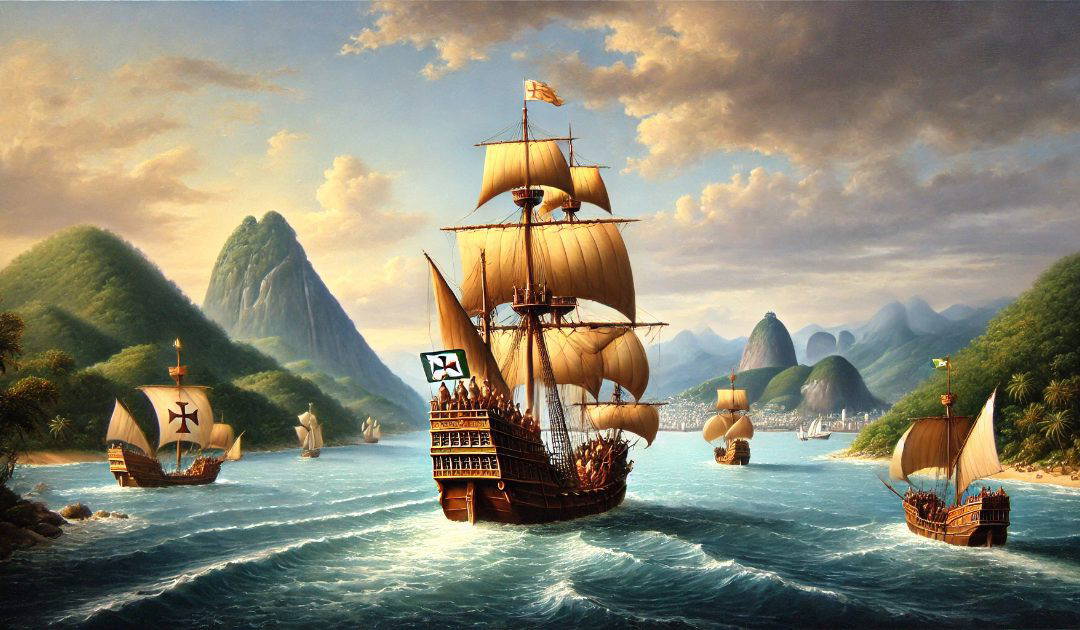I have posted about our trip this year to South America. Rio de Janeiro and the Amazon Rainforest were the highlights if Brazil. It was on the 1st of January 1502, that the area now known as Rio de Janeiro was discovered by a Portuguese expedition led by Gonçalo Coelho. The name “Rio de Janeiro,” which means “River of January,” originated from the time of this discovery. The explorers mistook the Guanabara Bay for the mouth of a river. The stunning landscape, characterized by its dramatic mountains and lush greenery, captivated the explorers, leading them to establish a settlement in the area. However, it took several decades before a permanent settlement was established.
In 1565, the Portuguese officially founded the city of São Sebastião do Rio de Janeiro, named in honor of King Sebastian of Portugal. The strategic location of the city, along with its natural harbor, made it an important center for trade and military defense. Over the years, Rio de Janeiro grew rapidly, becoming a key point for the export of sugar and, later, gold and diamonds from the interior of Brazil.
The city’s development was further accelerated in the 18th century when it became the capital of the Portuguese colony in Brazil. This shift was partly due to the influx of wealth from gold mining in the Minas Gerais region. The population swelled as people from various backgrounds, including indigenous peoples, Africans, and Europeans, settled in the area.
Throughout its history, Rio de Janeiro has been a melting pot of cultures, reflected in its vibrant music, dance, and culinary traditions. The city has faced numerous challenges, including social inequality and urbanization issues, but it remains one of Brazil’s most iconic and culturally rich cities.
Today, Rio de Janeiro is known for its breathtaking landscapes, famous beaches like Copacabana and Ipanema, and landmarks such as the Christ the Redeemer statue. The legacy of its discovery by Cabral and subsequent development continues to shape the identity of this remarkable city.

